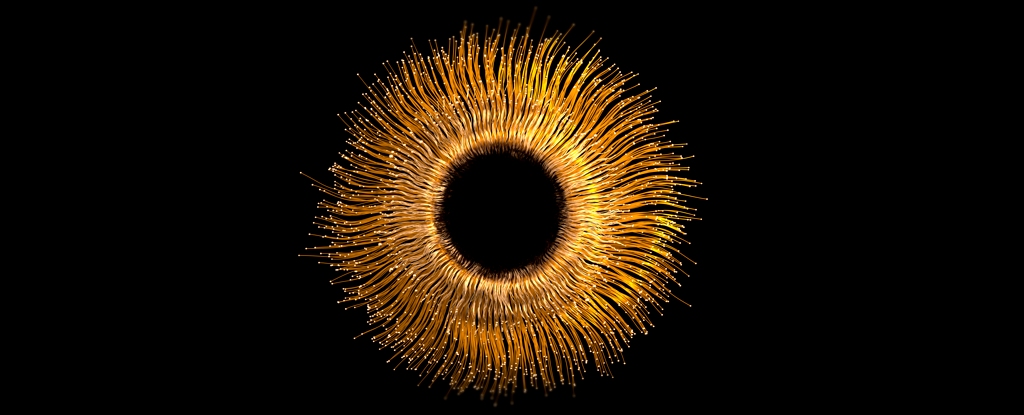The wild UK islands nicknamed the ‘real-life Jurassic Park’ – with such harsh conditions that all the residents left

ST KILDA, the Scottish archipelago, has been dubbed the "real-life Jurassic Park" because of its wild and rugged landscape. It's found in the remote Outer Hebrides of Scotland where an estimated million seabirds like gannets, Atlantic Puffins, and fulmars soar overhead. The Telegraph, which gave it the dinosaur movie moniker, has also described St Kilda as "Tolkien-esque." It is also home to the UK's steepest cliffs, including Conachair, which stands at 1,411ft tall. To put that in perspective, the Shard in London is just 1,016 feet tall. The four islands that make up St Kilda, are the home of the UK's largest puffin colony, with an estimated 130,000 breeding pairs and one million seabirds in total. The archipelago has turned into a wildlife haven because no humans have lived there since 1930. St Kilda is around 100 miles off the Scottish mainland in the North Atlantic Ocean, and it's thought that humans happily lived there for 2,000 years. One of those islands, and the biggest, is Hirta, where freshwater springs, fish, birds, crops, and other livestock made it possible to live on the island. But harsh weather conditions, and a turbulent terrain made life on Hirta difficult. The population on the island dwindled because of illness and crop failures. In 1930, only 36 residents lived on Hirta and they all opted to be resettled on the Scottish mainland. You can still see the remains of the settlement on the island. While no one actually lives on St Kilda, nor are there any shops or cafes, you can go on an organised trip. One visitor wrote on Tripadvisor: "The dramatic rocks rising straight up from the sea and the birds perching on the rocky ledges, extraordinary." Another described it as being at "the end of the world." The best way to explore is on a Hebrides Cruises live-aboard adventure vessel that also offers whalewatching. Day trips run regularly from April to September, and occasionally into early October, depending on weather conditions. Hirta has one of the most remote campsites in the world which is run by the National Trust and costs £20 per pitch. Facilities include toilets, shower block and a fresh water drinking tap. But as there are no shops on Hirta, anyone wanting to visit will need to bring essentials - including a cooking stove and food. The ferry ride takes between three and six hours, but is very weather-dependent. So it's advised to bring extra supplies in case of big delays. Here are two Scottish islands named among world’s best hidden gems. And this Scottish island dubbed ‘Egypt of the North’ has stunning sandy beaches and hidden tombs.



















